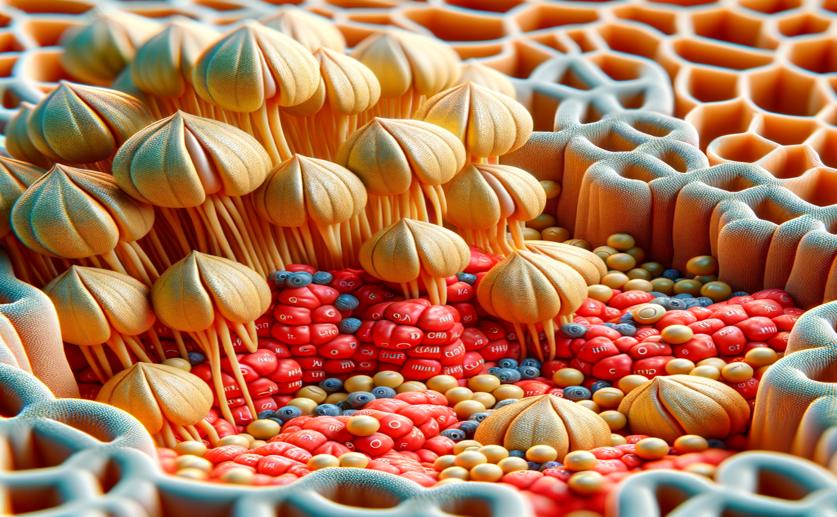
How Fenugreek Seeds Help Break Down and Move Paraffins in Tiny Pore Models
Jenn Hoskins
16th August, 2024

Image Source: Natural Science News, 2024
Key Findings
- The study by the Rajiv Gandhi Institute of Petroleum Technology explores natural surfactants from agricultural products for oil recovery
- Natural surfactants showed competitive interfacial tension reduction, with values of 14.2, 10.92, and 9.8 mN/m
- These surfactants demonstrated superior stability and effectiveness in oil recovery, suggesting they could be sustainable alternatives to commercial surfactants
References
Main Study
1) Effect of a Natural Surfactant (Fenugreek Seeds) on Emulsification and Mobilization of Paraffins via Pore-Scale Micromodel Experiments.
Published 15th August, 2024
https://doi.org/10.1021/acs.langmuir.4c01679
Related Studies
2) Improvement of Heavy Oil Recovery by Nonionic Surfactant/Alcohol Flooding in Light of the Alkane Carbon Number and Interfacial Tension Properties.



 26th July, 2024 | Jim Crocker
26th July, 2024 | Jim Crocker